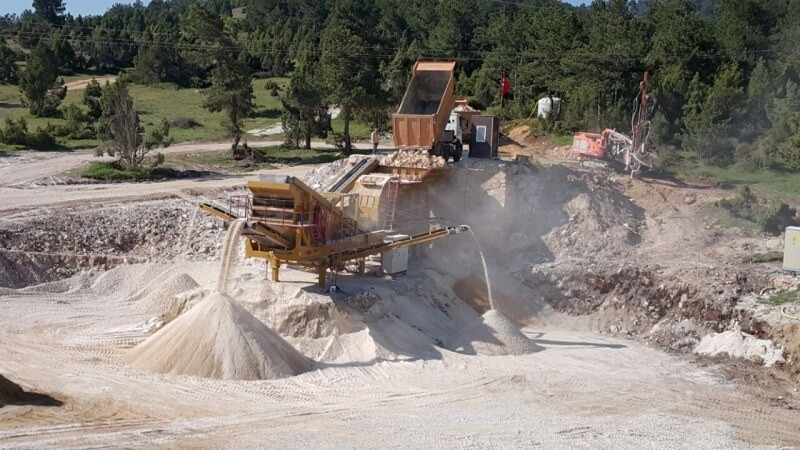Hard River Stone Crushing, Screening, and Grinding Plant Production
The production of hard river stone crushing, screening, and grinding plants is a critical process in the mining and construction industries. These plants are designed to break down large rocks into smaller, usable aggregates for various applications, including concrete production, road construction, and railway ballast.
1. Crushing Process
The first stage involves primary crushing, where large river stones are fed into jaw crushers or gyratory crushers to reduce their size. Secondary crushing (using cone or impact crushers) further refines the material. Hard river stones, known for their high abrasion resistance, require robust crushers with wear-resistant components.
2. Screening Process
After crushing, the material passes through vibrating screens to separate it into different sizes. Oversized particles are sent back for re-crushing, while correctly sized aggregates move to the next stage. Efficient screening ensures uniformity in the final product.
3. Grinding Process (If Required)
For applications needing fine powder (e.g., cement or filler material), grinding mills (such as ball mills or vertical roller mills) are used. This step is optional and depends on the end-use of the material.
4. Automation and Environmental Considerations
Modern plants incorporate automation systems for optimal efficiency and dust suppression technologies to minimize environmental impact. Water recycling systems and noise reduction measures are also implemented.
5. Applications
Construction: Concrete, asphalt, and road base materials.
Railway: Ballast for track stability.
Industrial: Raw material for cement and ceramics.
Investing in high-quality crushing and grinding plants ensures long-term productivity and cost-efficiency in aggregate production.
 English
English
 Le français
Le français
 Türkçe
Türkçe

